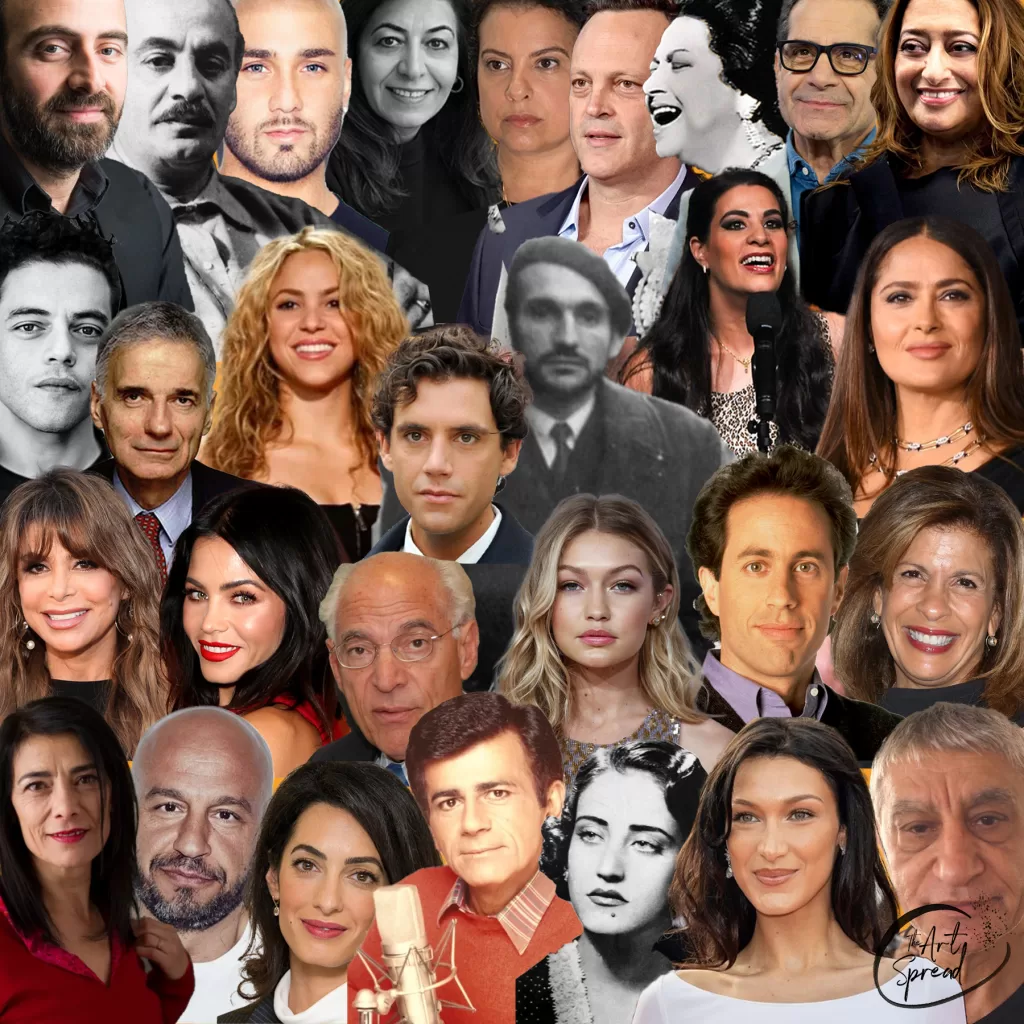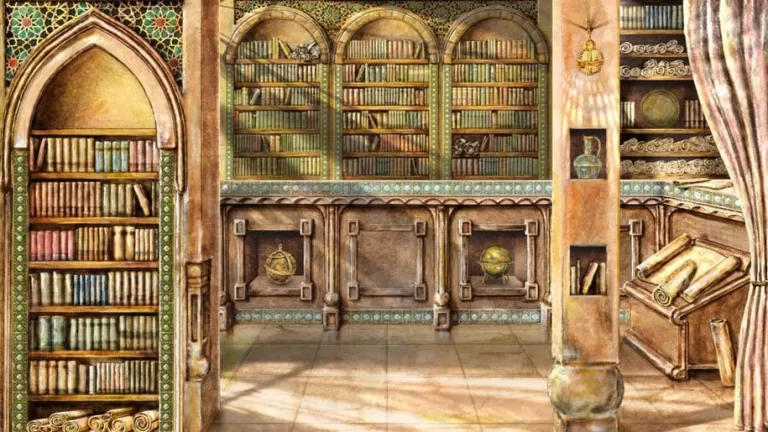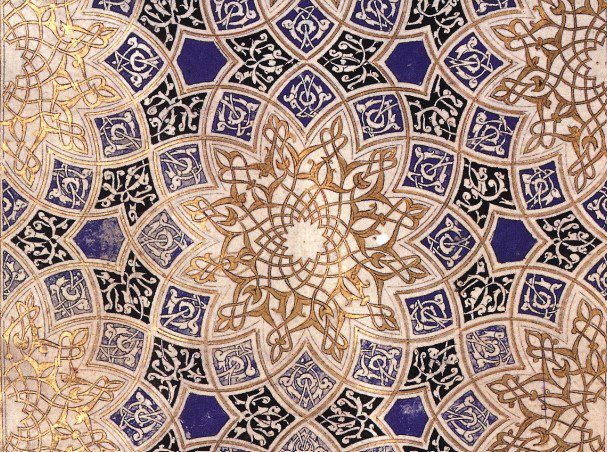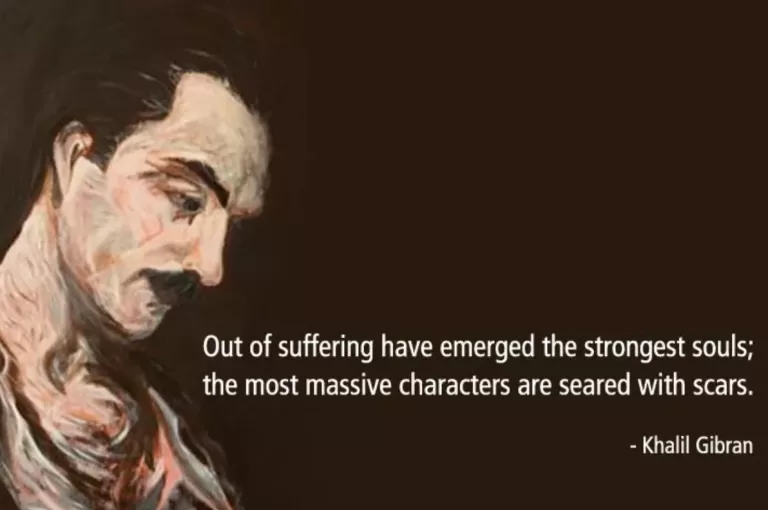Artistic expression has been an essential aspect of human existence, tracing its origins back to the earliest days of prehistoric times in our history. From ancient cave paintings to modern world art installations, art has acted as a medium for communication, self-expression, and introspection. Art provides insight into the culture of communities, revealing their technological advancements, aesthetic and religious preferences, and everyday life. Art can act as a historical record, conserving the narratives and viewpoints of individuals, communities, and entire societies as a whole. Examining art within its historical context offers invaluable perspectives on the past.
By analyzing works of art within their historical timeline, we can gain a deeper understanding of past civilizations and their contributions to human history. As the Arab world celebrates its rich cultural heritage during Arab Heritage Month, it’s a moment to reflect on the historic art and accomplishments that have shaped the region’s identity. During the era of Arab influence, a period that often coincides with the “Islamic Golden Age”, which stretched from the 8th century to the 14th century, the Arab world became an international center of culture, knowledge, and innovation. This influence was characterized by significant advancements in various fields. From the magnificent architectural wonders of ancient civilizations to the intricate calligraphy of Islamic manuscripts, Arab artistry has left a mark on the world. Yet, the legacy of the past doesn’t solely reside in museums and history books; it lives on through the vibrant creativity of contemporary Arab artists, poets, actors, scholars, and others.
In the field of science, one of the most significant figures was Al-Khwarizmi, a Persian polymath who worked in the House of Wisdom in Baghdad. He is known as the father of algebra, from the title of his most important work, “Al-Kitab al-Mukhtasar fi Hisab al-Jabr wal-Muqabala” (“The Compendious Book on Calculation by Completion and Balancing”). His systematic approach to solving linear and quadratic equations laid the foundation for modern algebra.
There have been many advancements that were vital for the development of engineering and applied sciences. One invention is known as the astrolabe, an instrument capable of solving problems related to time and the position of the stars, which was used in navigation and astronomy. One notable figure in the development of the astrolabe was Al-Fazari, who is credited with creating one of the first Islamic astrolabes in the 8th century. Other prominent contributors included Al-Battani and Al-Sufi, who further refined its design and uses. The medical sciences were revolutionized by figures such as Ibn Sina, known in the West as Avicenna. His book, “The Canon of Medicine,” was a medical encyclopedia that became a standard medical text at many medieval universities and remained in use until the 17th century. His work compiled all medical knowledge from different cultures and was particularly influential in Europe after being translated into Latin in the 12th century.
In other fields, many strides and contributions are notable. Philosophical thought during this time was characterized by an attempt to reconcile Greek philosophy with Islamic theology. A prominent figure in this domain was Ibn Rushd, known in the West as Averroes. His commentaries on Aristotle were not solely translations but critical in-depth analyses that would eventually influence European philosophers like Thomas Aquinas. Averroes argued for the compatibility of faith and reason, paving the way for the philosophical debates of Enlightenment. Preservation, translation, and commentary of ancient Greek and Roman texts, and the development of original philosophical thought that integrated Islamic theology with Greek philosophy. Philosophers such as Sari Nusseibeh and Souleymane Bachir Diagne continue to engage with Arab philosophical traditions, offering insights into issues of identity and social justice in the contemporary world. Our world has been profoundly influenced by the cultural richness of the Arab heritage. The architectural wonders of ancient Arab civilizations, such as the towering pyramids of Giza to the majestic palaces of Baghdad, and the intricate mosques of Andalusia are but just a few examples of the architectural prowess of ancient Arab civilizations. These structures not only illustrate the engineering genius of their builders but also serve as enduring symbols of pride and cultural identity.
Artistically, the Islamic Golden Age is renowned for the development of Islamic calligraphy, arabesque, and geometric patterns, which were not only decorative but also embedded with symbolic meaning. Contemporary artists like Anila Quayyum Agha and Mohamed Zakariya draw inspiration from Islamic geometric patterns, creating immersive installations and calligraphic artworks that invite wonder and amazement.
Notable literary masterpieces of Arab poets and writers like Ibn Arabi and Al-Ma’arri explored themes of love, philosophy, and social justice. From the immortal verses of Al-Mutanabbi to the lyrical musings of Nizar Qabbani, Arabic poets have made an enduring impact on the literary world, shaping narratives that resonate across generations and continents. Today, poets like Mahmoud Darwish continue to carry the torch of poetic brilliance, using their words to articulate the hopes, dreams, and struggles of contemporary Arab society. Libyan writer, Hisham Matar and Leila Aboulela from Sudan continue to enrich Arab literature with their novels and essays, addressing contemporary issues such as migration and cultural identity.
In January of 2024, Hisham Matar’s latest novel, “My Friends,” which has been featured in The New Yorker, delves into the intricate complexities of a divided soul as experienced by its protagonist, Khaled. Set against the backdrop of London, Khaled, a Libyan expatriate, grapples with conflicting loyalties to friends, family, homeland, and his own aspirations. Matar weaves a narrative that delves into the depths of Khaled’s psyche, as he navigates the aftermath of a transformative event: the 1984 anti-Qaddafi demonstration outside the Libyan Embassy in St. James’s Square. This incident serves as an emotional fulcrum, shaping the trajectory of Khaled’s life and exile. As Khaled embarks on a journey through London, retracing the paths of his past, Matar skillfully intertwines history, memory, and longing, revealing the enduring impact of displacement on the human spirit. Through vivid prose and nuanced characterizations, “My Friends” invites readers to ponder the profound consequences of fractured identities and the eternal quest for belonging in a world marked by division and displacement.
And my personal favorite- poet, writer, and artist- Khalil Gibran- who has achieved cult status for several generations. Gibran is remembered as one of the great visionaries of his time, a pivotal figure on the Arabic literature scene of the early 1900s, due to his romantic style and prose poetry. Best known for his collection of 26 prose poems titled “The Prophet” published in 1923. It has sold millions of copies across the world, making Gibran one of the world’s best-selling poets of all time! It is reported that Gibran is the third best-selling poet, after Shakespeare and Lao-tzu. The creations of Gibran have inspired various forms of artistic expression for many years, from exhibitions to cinematic interpretations. This includes an animated adaptation of “The Prophet,” which Salma Hayek produced and featured the voice talent of Liam Neeson.
Gibran’s mastery of literature is undeniable, but it’s the enduring relevance of his themes that truly captivates readers today and will undoubtedly continue for generations to come. He artfully delves into the eternal facets of the human experience, addressing universal subjects like love, companionship, altruism, and pain. Born in Lebanon, Gibran’s heritage deeply influences his work, a connection I feel personally, sharing Lebanese roots through my father’s family. As a writer, I find inspiration and solace in his timeless wisdom.
I believe what ensures his writing’s perpetual resonance in the 21st century is the substance within his work. Gibran was also a central figure in the Mahjar literary movement, composed of Arab emigrant writers based in New York City. This group played a crucial role in shaping Arab-American literature. Gibran’s work was a synthesis of Eastern and Western philosophy. He was deeply influenced by the works of William Blake, Friedrich Nietzsche, and Sufi mysticism, which he blended with the Maronite and Islamic spiritual traditions of his Lebanese heritage.
In addition to his writing, Gibran was also a skilled painter and sculptor, his work continues to captivate and inspire others across the world.
It is important to remember and honor the past, while also looking forward to the future—principles that are deeply significant when celebrating the rich history and culture of the Arab world. It encourages reflection on the historical milestones and the cultural heritage that shape contemporary Arab society, and inspires aspirations for the future.
In reflections on our world and society, Arab folklore emerges as a time capsule of captivating tales, spanning from stories of mystical jinn to the heroic exploits of legendary warriors and the wisdom of revered scholars. Passed down through generations via oral tradition, these narratives enrich the cultural and imaginative spirit of the Arab world. In the realm of cinema, contemporary Arab filmmakers draw inspiration from the depth and diversity of Arab folklore, infusing their works with its influence. Known for his film “Theeb,” Naji Abu Nowar explores the rugged landscapes and tribal traditions of Jordan, incorporating elements of Arab folklore to craft a compelling narrative of adventure and survival. Haifaa al-Mansour, celebrated for her groundbreaking film “Wadjda,” skillfully intertwines themes from Arab folklore with modern-day settings, offering poignant insights into the lives and struggles of contemporary Arab women. Renowned in her homeland, she is a pioneering figure as one of Saudi Arabia’s first female filmmakers.
As we celebrate Arab American Heritage Month, let’s honor the vast contributions and enduring legacy of the Arab culture, fostering a deeper appreciation and dialogue that transcends this month and enriches our global community every day.




It is always great to come across a page where the admin take an actual effort to generate a really good article. Check out my website QH5 concerning about Marketing.
Thank you, Nadin!
wow, I absolutely loved reading this Natasha, thank you for sharing!